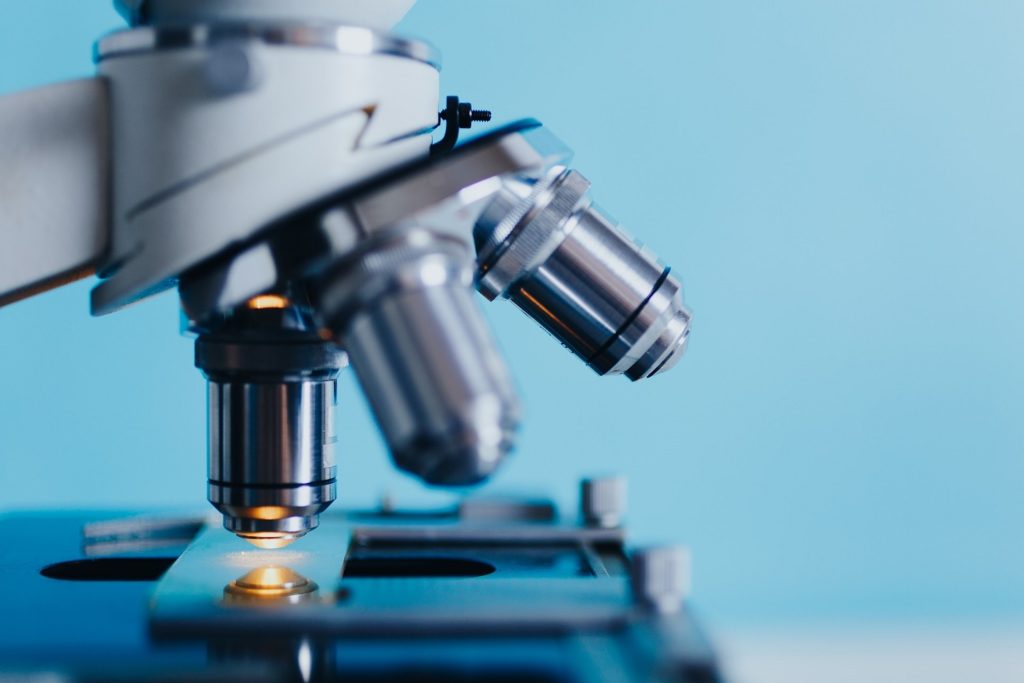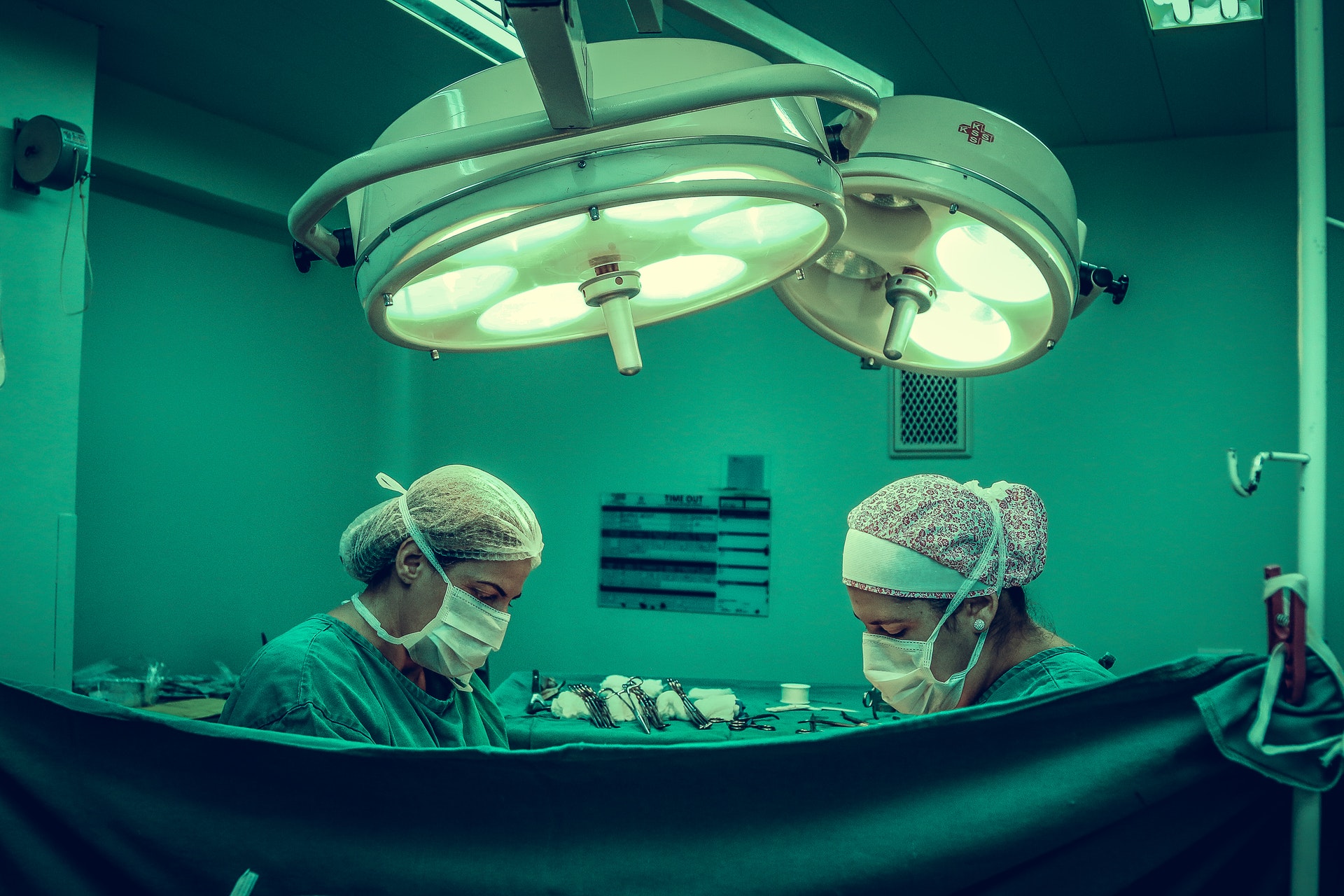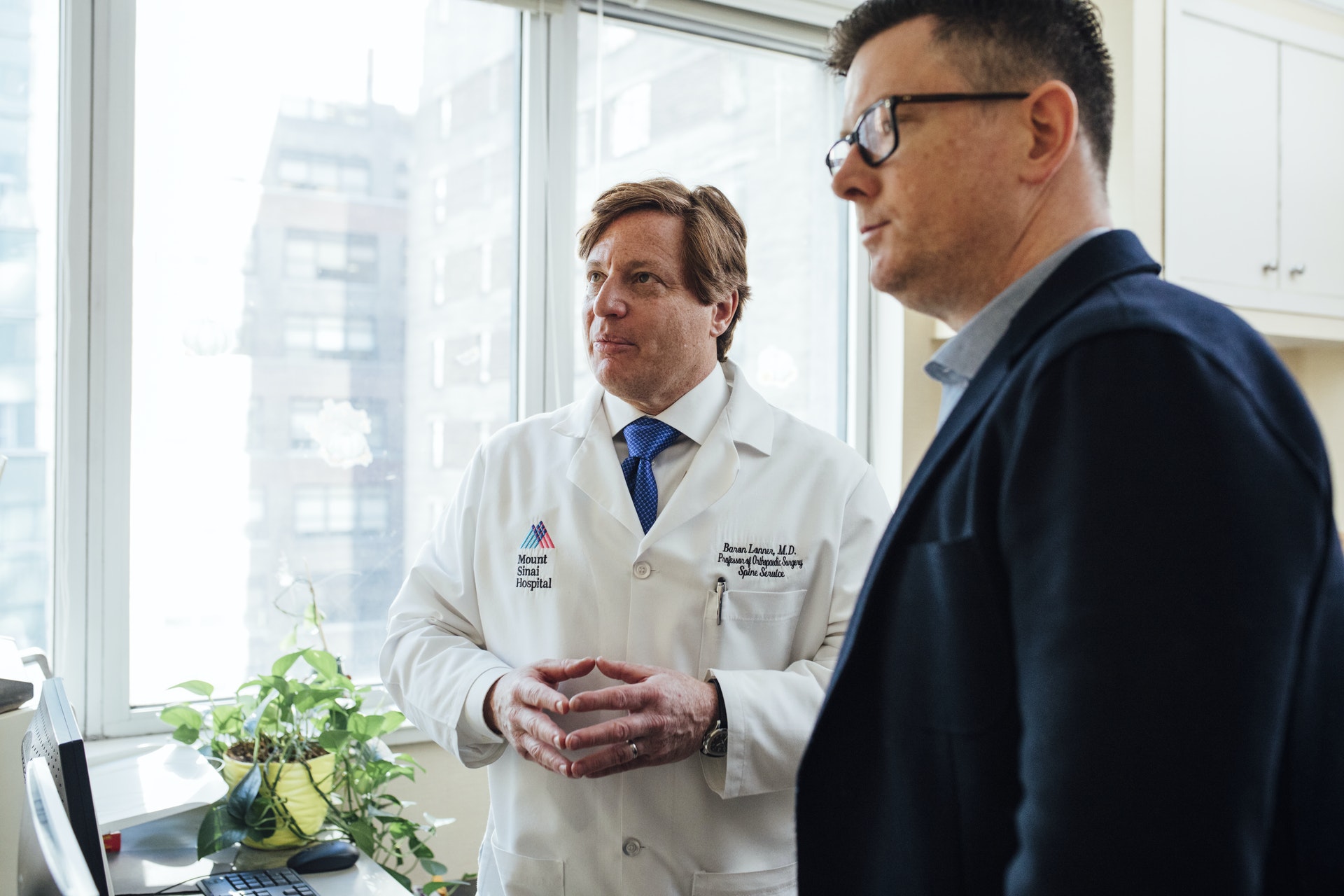
4 benefits of Internet of Things for healthcare
Table of Contents
Connected healthcare is becoming a reality. Hospitals are using Internet of Things solutions to capture and analyse data, make smarter decisions and finally – save lives and money. But there are not the only ways how the medicine can take advantage of using the Internet of Things for healthcare.
Connected health – the Internet of Things meets medicine
Connected health is a socio-technical model for healthcare management and delivery by using technology to provide healthcare services remotely. Connected health aims to maximize healthcare resources and provide increased, flexible opportunities for consumers to engage with clinicians and better self-manage their care.
It uses technology – often leveraging readily available consumer technologies – to deliver patient care outside of the hospital or doctor’s office. Connected health encompasses programs in telehealth, remote care (such as home care) and disease and lifestyle management, often leverages existing technologies such as connected devices using existing cellular networks and is associated with efforts to improve chronic care.
Just imagine how many objects, devices and… people (yes, people also!) the healthcare environment include. Just by using the Internet of Things for healthcare to connect medical equipment, hospitals can greatly reduce the chances of critical machinery breaking down when it’s needed most.
Read also: Custom software development company – how to choose the best one?
Benefits of Internet of Things for healthcare
New technologies create really big amount of opportunities to improve healthcare by taking advantage of the Internet of Things for healthcare and other new tech solutions. Here are just few examples:
Enhanced management of drugs
It must be borne in mind that the Internet of Things is perfectly capable of solving the problem of drug distribution. IoT is not only a device, but also an idea: a unified health care system based on IT solutions also means greater security. It is no secret that among the beneficiaries of state health services there are people who abuse drugs – a properly functioning system of verification of prescriptions and their issuance is the key in such situations.
It is worth looking at the problem that has emerged in the United States – there, the fragmented healthcare system and the frivolous approach to prescribing narcotic painkillers (opioids) has resulted in the US even talking about an “opioid pandemic”. Many people begin to use such drugs in the context of not necessarily serious illnesses, and unfortunately, they develop addiction – first of a mental and then a physical type. It is worth remembering that opioids are not only such drugs used in treatment as codeine, oxycodone, hydrocodone, hydromorphone, buprenorphine or morphine, but also… heroin and other synthetic analogues. People who become addicted to drugs need higher doses or a substance that binds more and more strongly to the opioid receptors in the brain (it works harder) after increasing drug tolerance. Thus, a person who has started treatment with hydrocodone, for example, may end up as a person addicted to much more powerful and devastating heroin.
 It is worth mentioning Poland as an example of the recent “revolution” in prescriptions. Recently, Polish patients have had the opportunity to use electronic prescriptions they receive on their mobile phones – either with their graphic counterparts or with a code and a personal PESEL code (Citizen Identification Number in PL). This is a much more convenient solution than the previous paper prescriptions, which can be lost, “added” something to them or… even counterfeit them. In the history of Polish pharmaceutics there have been many scandals related to counterfeiting of prescriptions and introduction of previously legal medicines to the black market.
It is worth mentioning Poland as an example of the recent “revolution” in prescriptions. Recently, Polish patients have had the opportunity to use electronic prescriptions they receive on their mobile phones – either with their graphic counterparts or with a code and a personal PESEL code (Citizen Identification Number in PL). This is a much more convenient solution than the previous paper prescriptions, which can be lost, “added” something to them or… even counterfeit them. In the history of Polish pharmaceutics there have been many scandals related to counterfeiting of prescriptions and introduction of previously legal medicines to the black market.
Such a system is also an opportunity to check the patient – whether he has chosen drugs or not, and to determine whether the current treatment is not dangerous for the patient. The doctor has an insight into absolutely all the maddicaments the patient is taking and if the doctor notices that a particular medicine may interact with the others, he may choose a completely different medicine early on. Why is this so important? Patients often don’t know what medications they take every day, older patients in particular may not remember what medications they take.
In the context of older patients, it is still very interesting to use the Internet of Things for healthcare to remind them to take medicines. The patient does not have to remember what drugs he should take at what time – he will be reminded of this by a notification from his mobile phone. It is enough for the doctor (or the patient himself) to set a schedule and this will be carried out by the program. In this way, you cannot miss any dose of the medicine. This is extremely important for people who suffer from diseases that depend heavily on the presence of a certain substance in the body (for example, Parkinson’s disease or diabetes) – there is also much talk of “intelligent insulin pumps” that are able to connect to a blood sugar measuring device and select the dose of insulin that the patient needs. What we thought was impossible a dozen years ago is absolutely possible thanks to using IoT for healthcare.
Improve disease management
How can IoT devices help with disease monitoring? Let’s take a look at the Apple Watch case: the manufacturer of this watch has introduced an “ECG mode” that allows you to monitor your heart rate. The media has repeatedly reported cases where the watch reported an abnormal user’s heart rhythm (indicating arrhythmia) and… indeed. It turned out that either these people had arrhythmia or had heart defects that had not been diagnosed before.
The watch, with its sensors and software, is able to detect not only walks, running, swimming, but also falls. The manufacturer of the device has entered huge amounts of data into it, which then influence the decisions of the software analyzing information from the accelerometer(s). Interestingly, 65-year-olds and older users of such devices in the Apple Watch Series 4 have the automatic help procedure function enabled by default. The rest can activate it by themselves.
Wearables, as well as probably the most common smartwatches and smartbands can boast quite a wide range of different sensors. They are able to (to a limited extent) measure the heart rate, some even claim to be able to determine blood pressure and hydration levels. Others are also equipped with accelerometers (acceleration sensors), indispensable when determining the movement of the device. From such data, it is possible to determine whether the user of an outfitted device is moving – and how he or she is moving. Or maybe he has fallen and just needs help?
This proves that wearables are able to change the way we approach diseases every day. Sensory fitness bands are able to collect a lot of data about how the human body functions. There are also bands on the market that can assess the level of hydration of the user and generate warnings if it is too low. More advanced designs can even assess the oxygen saturation of the blood – a very important factor that determines the proper functioning of the respiratory system. This function became very popular after it was revealed that one of the symptoms of SARS-CoV-2 coronavirus infection is low saturation.
There is also much talk about projects that introduce wearables to check the progress of people with diseases such as Parkinson’s disease, Alzheimer’s disease and many, many others. Doctors believe that this will make it possible to select an individual course of treatment for each of the patients in need and achieve the best possible results. So we can say that with the use of the Internet of Things for healthcare (including dressing devices) we have a chance to fight equally against the diseases we have been losing so far.
Read also: How to make a good app wireframe – here are our thoughts
 Reduce of the costs
Reduce of the costs
By using the Internet of Things for healthcare, artificial intelligence and currently available communication techniques, it is possible to reduce the cost of diagnosing patients. How? They don’t have to show up at the medical clinic in every case. Just look at what changes the SARS-CoV-2 coronavirus has brought about in this context: patients were able to use medical teleadvisions to get a prescription for the drugs they need. It was fortunate that the above mentioned introduction of electronic prescriptions turned out to be much more useful than the paper ones used so far in Poland. Patients were able to consult a doctor and receive appropriate treatment without fear of contracting the coronavirus in a healthcare facility. In cases that required it, doctors asked patients to appear in person at the clinic. This significantly saves doctors’ time, but also money. Moreover, it is a much more convenient form of treatment for patients, as they can ‘visit’ the doctor anywhere in the world.
IoT is also a great potential in diagnosing diseases: there are already arrangements in place that support the process of reaching the cause of a particular patient’s illness. Here it is impossible to mention the Ada application, which has long been on the borderline between IoT, healthcare and artificial intelligence. It has been proven that this is quite an effective program for initial assessment of a patient’s ailment – but nothing can replace medical knowledge – it is worth remembering.
The application is supposed to serve as a medical companion, who, by obtaining answers to specific questions from us, tries to assess what may be ailing us and whether we should go to the doctor with this problem. If we have any doubts, there is also a possibility to get a remote consultation with a real doctor – it sounds comfortable. And so we all do something similar using Google, but here there is a good chance that the quality of the answers will be higher. It seems very convenient precisely in order to assess whether the ailment we are dealing with may be something serious, or whether it is something completely harmless and can be dealt with on its own. Of course, there is no substitute for a visit to a real doctor, but I think most people don’t go to see a specialist in connection with every possible ailment they have.
The creators also emphasize that competitive solutions often started with telemedicine services, focusing on enabling remote consultation with a real doctor, while possible additions based on artificial intelligence solutions were considered only later and… just as something extra. The startup, which created the Ada application from the very beginning, focused on improving the service based on the engine of artificial intelligence. This is how we can say that Ada has been continuously refined for almost 10 years (supposedly by a team of 100 doctors, scientists and engineers).
Reduce errors
IoT, thanks to its strong support for data, is a technology that will allow you to get rid of errors during diagnosis in the near future. We have already mentioned applications like Ada, which are able to diagnose even very rare diseases quite well. But, the Internet of Things for healthcare is not just a combination of devices with a database and artificial intelligence. It’s also a huge resource of information that can be adapted in different situations. Using the Internet of Things for healthcare will allow c